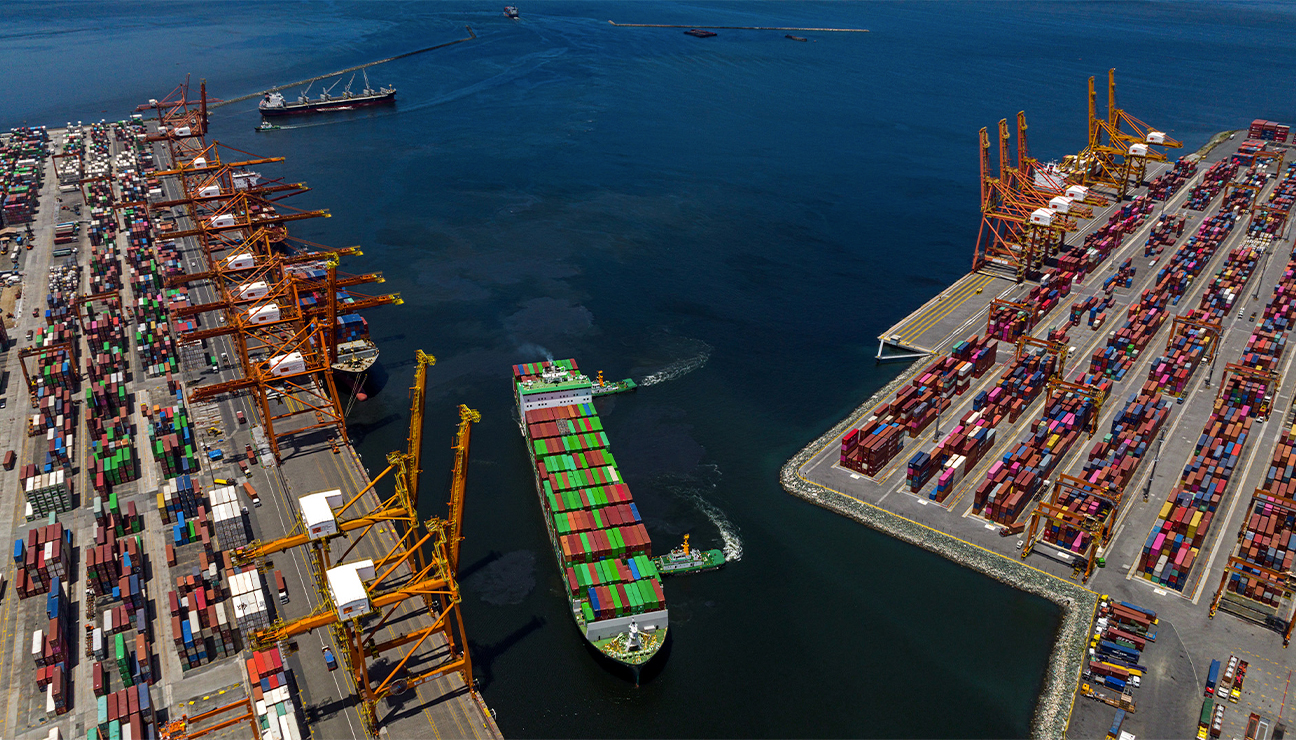Expanding supply to put brakes on rates
22/02/2024
A rise in container capacity will halt the increase in freight on the major east-west trades according to Drewry’s latest tool, the Container Capacity Insight (CCI), launched on 20 February.
A surge of 8% month-on-month across all three major east/west trades from February to March this year can be broken down into a surge in capacity of 11% from Asia to west coast North America and a contraction of 14% from South Asia to North Europe.
The CCI shows Atlantic rates surging 10% this week, but Pacific rates easing and Asia to Europe levels falling even as carriers blank sailings slow vessels in a bid to cut capacity, but also to re-align schedules following the diversion of vessels around the Cape of Good Hope.
Overall, the expectations from most industry observers and analysts is that rates will slow as capacity continues to be delivered and demand fails to keep pace in challenging global economic circumstances.
“It is always the fundamentals that counts,” noted Darron Wadey, analyst at Dynamar.
“It is fair to say that freight rates have definitely risen with some headline indices around double those of one year earlier, and route-specific indices as Asia-Europe and the Pacific performing (much) better than that even,” he added.
Nevertheless, Wadey believes these rate increases are a reflection of the extra costs from diverting around the Cape for Asia-Europe and Asia-US East Coast, put at around US$10 million or around US$1,000/FEU on a 20,000 TEU ship, rather than a tight supply/demand equation.
One forwarder confirmed that Asia to Europe rates were hovering at around the US$4,000/FEU level, with forward tariffs now being valid for two weeks, rather than a week, and no diversions charges added to the total.
Even if carriers manage to tie shippers into high-cost long-term contracts there is a danger that when spot rates fall below the contracted level, shippers will want to shift to the new rate, believes Wadey.
That is not the view of all the market observers with Linerlytica claiming: “The bullish market sentiment has not been dampened by the Lunar New Year break with carriers still retaining most of their recent rate gains, defying the predictions of a post-holiday correction.”
Asked about this bullish outlook, Linerlytica took a softer tone: “We are not suggesting that freight rates are not going to fall. A post-holiday correction is certainly to be expected, but the key question is how sharp will the drop be and for how long?
“At this point, rates are still holding up relatively well and the Red Sea diversions will keep capacity tight at least for the next three months,” explained a spokesperson for Linerlytica.
Not surprisingly James Hookham, director at the Global Shippers’ Forum, believes there is “no fundamental pressure on rates”. Referring to the shortage of boxes raised as a reason to raise rates recently, he quipped, “the lines have found their boxes”.
Hookham claimed his members are not talking about rates increasing at the moment, but rather that the situation has plateaued, and even peak season surcharges have moderated or in some instances disappeared altogether.
Hookham did shippers, however, to be aware when signing contracts because vessel operators have said they will resume sailing via Suez, at the earliest possible time. “Shippers should consider only signing three-month deals or adding a ‘return to Suez rate’ to the contract to cover this eventuality,” said Hookham.
Meanwhile, Peter Sand, Xenata’s chief analyst, is clear: “What we see going into March is carriers are pushing for GRI to get implemented, that would lift rates – as of now, they don’t seem to be very successful in doing that.”
Pacific rates peaked in early February, and they have slowly declined since, said Sand, while also conceding that eastbound Pacific rate are currently at an 18-month high at US$4,700/FEU to the US west coast.
“Long-term rates are up by 25% since end-September 2023. Carriers appear to be a in comfortable position – as compared to anything – but specifically due to Red Sea disruption,” stated Sand.
However, Xenata are not expecting rates to soar in the coming year with the fundamental outlook still tough on the carriers.
Supply-side estimates for January are up by 6.8% year-on-year said Sand, adding: “We have no solid numbers on demand for January yet – but if we go with 16.9% you would still not see demand higher than 2021 and 2022, as Jan ’23 was at least a five-year low point.”
He concluded: “Carriers ability to manage capacity is a key element in 2024 and 2025 – but to me, it appears as if rates into the US may have peaked, then flatlined. What comes about in March? a small uptick maybe, then a slide probably.”
Source: Container News


